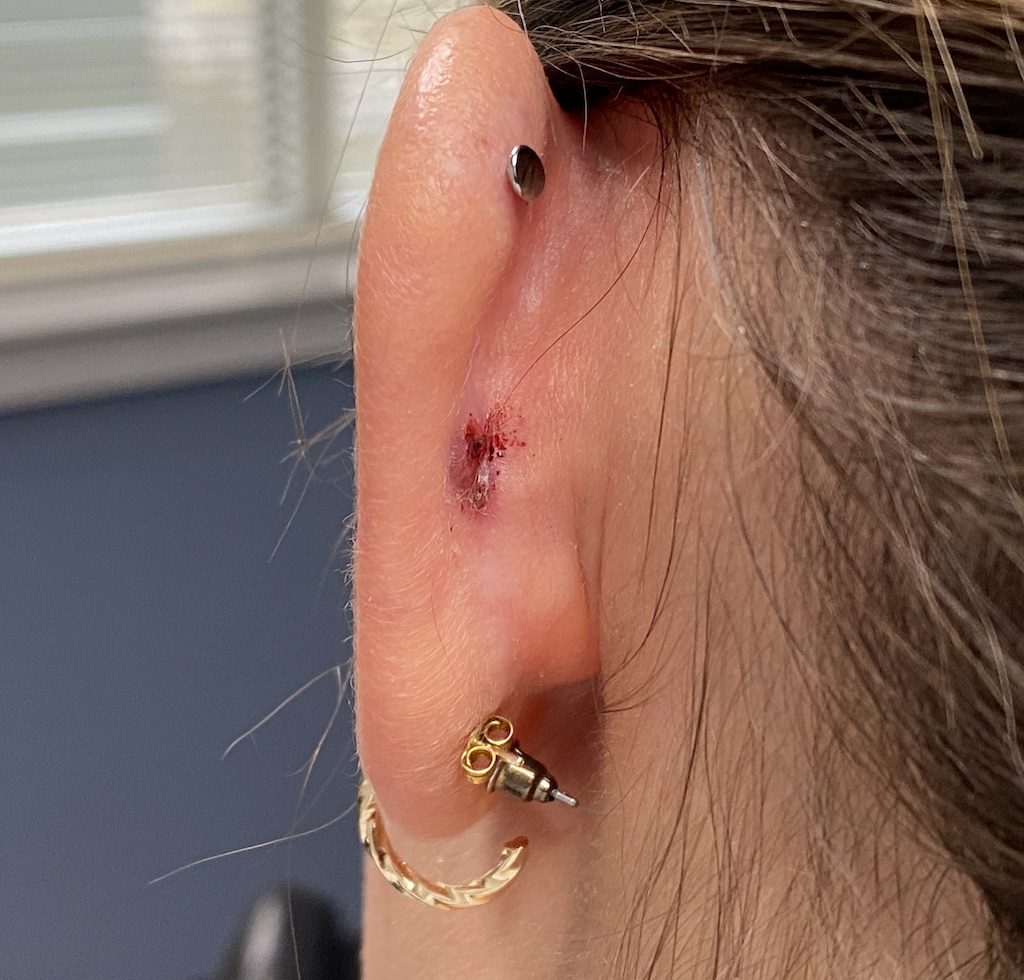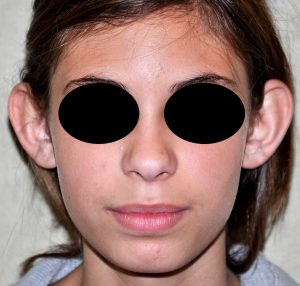Background: Setback otoplasty is one of the most common aesthetic ear surgeries with a wide variety of technique to accomplish it. But regardless of the techniques used sutures are involved. They either create the desired ear shape change or, at the very least, help hold it into its new position as it heals. These sutures have a short term benefit until scar tissue formation occurs and the memory of the ear cartilage is changed. This takes but a few months to occur.
Each surgeon has their suture preference which is based on their handling properties and experience. Some favor permanent sutures while others may prefer long acting resorbable sutures. Permanent sutures offer good retention of ear shape due to stable knot retention but there is always the possibility at anytime in the patient’s lifetime that these sutures could develop extrusion through the skin.
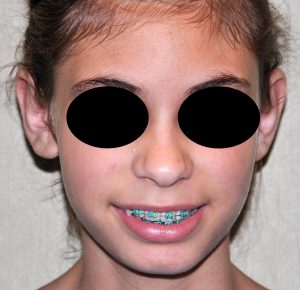
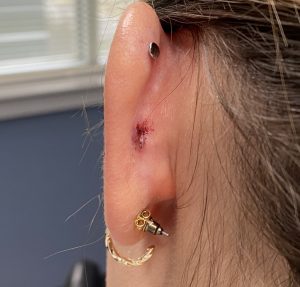
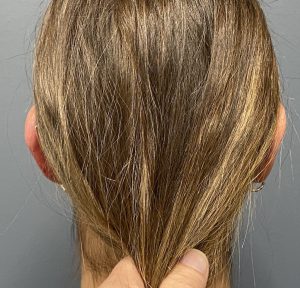
Sutures are an important element of the correction of protruding ears as they reshape and reposition the cartilage framework. There are many type of sutures that are available to use in such ear surgery which differ in material composition, permanent vs restorable duration and surface texture. (smooth vs textured) Mersilene is a permanent braided suture that I have used for decades for otoplasty surgery. It is a braided permanent suture material that creates a non-slip knot which is helpful for suture stability as the ear cartilage heals into its new shape.
But because the skin is thin on the back of the ear with a thin subcutaneous layer these mersilene suture knots due to pressure may eventually work their way through the skin which creates an inflammatory response. This is felt as a sore spot and appears as a small hole which may have a small amount of drainage. The knot is sometimes seen through the skin but may also not be seen and remains below the surface of the skin with a track down to it. The resolution of this suture reaction is suture removal which can easily be done in the office under local anesthesia.
Case Highlights:
1) The use of permanent sutures is commonly method of cartilage reshaping in setback otoplasty surgery.
2) If a good aesthetic result is obtained the only long-term risk in otoplasty is suture extrusion on the back of the ear.
3) Suture extrusions can occur anytime in a patient’s lifetime and can be easily solved by suture removal under local anesthesia.
Dr. Barry Eppley
Indianapolis, Indiana

